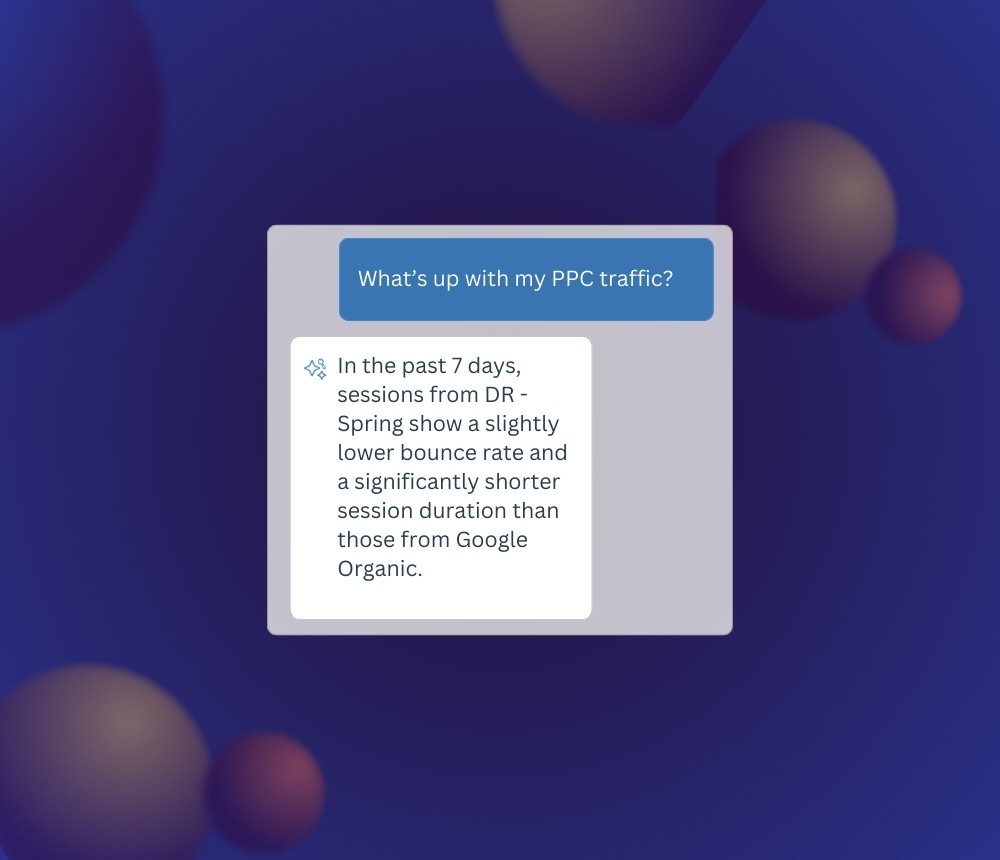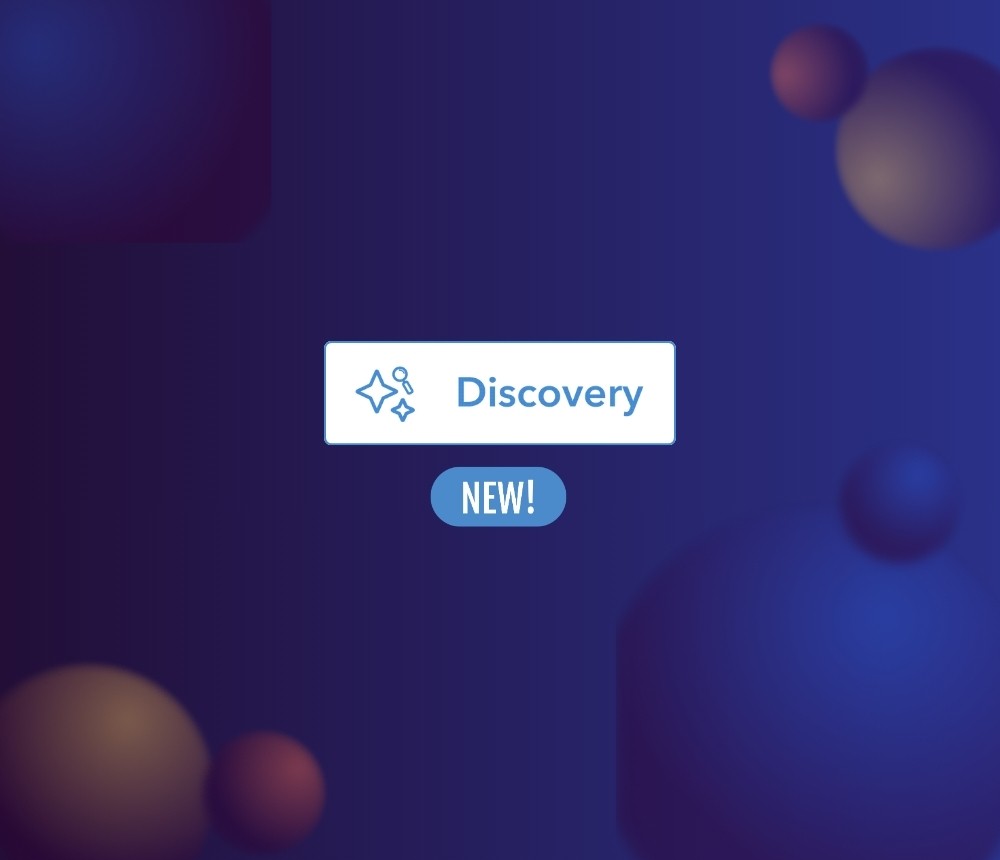9 E-commerce Product Page Best Practices with Examples

Online shopping is becoming a bigger part of US consumers' spending habits. E-commerce sales in the US were over $250 billion dollars in the first quarter of 2022 alone. Optimizing your product pages to increase e-commerce conversions can give you the edge you need to compete in this rapidly growing arena.
Product pages are responsible for informing online consumers about your product and driving conversions, but a lot more goes into them.
Typically, consumers can see a product in person, pick it up and feel its quality for themselves. When considering buying from an e-commerce business, the experience for shoppers is entirely different.
Product pages do the heavy lifting and are responsible for instilling a sense of security while driving conversions. They need to provide all of the information necessary to make website customers feel confident that what they see is what they get.
E-commerce shoppers can hesitate to purchase because they don't have that in-person experience with your store to provide the trust signals they rely on. To optimize your product page conversion rate, including social proof like reviews and various professional product images will make all the difference for your customers.
Below are nine single product page examples from Lucky Orange customers, with strategies you can apply to your website to increase conversions.
Apparel e-commerce site best practices

Photo from fashion brand Vuori clothing
In clothing, product images are essential in building trust for consumers. On this product page, the image is front and center. The product photos are great because they show the shorts from various angles, so the customer can tell what they will look like when it arrives. Allowing fashion shoppers to zoom in is a bonus, highlighting the material used and the quality of seams.
For an even deeper connection, consider making product videos showing your product in use. Some products may have features that show much better when there's movement involved.
No matter the size of your business, customers look for high-quality images to indicate if the website is reliable. With an e-commerce store, customers are inherently looking for a reason not to make the purchase, so being mindful of the small details can make a difference.
Create urgency to increase buying impulse

Photo from Dennis Kirk
When your goal is to increase conversions, creating urgency is immensely important. In this product page, from Dennis Kirk, urgency is created by showing how few motorcycles are left. When customers see that only two motorcycles are available, they will be inclined to purchase them before someone else does.
This example also includes a shipping countdown down to the second. If a customer is unsure about making a purchase, seeing that time is running out on “shipping today” can give them the extra push they need to convert.
Urgency can also be created by offering a limited-time sale or offer of free shipping. Anything that narrows down the window of time a product or sale is available will have a similar effect. The goal should be to get consumers to click your call-to-action (cta button) without leaving the page.
How to optimize product pages using simple design to minimize distractions

Photo from online fashion business Mate the Label
When organizing your ecommerce product pages, it's common for people to think more is better, but that's not the case. Pull-down organizers allow you to include all the product details without overcrowding the page.
By keeping all of the elements simple, customers can focus on the call-to-action button without being distracted by crazy colors and extra text—a need to visit the search bar to find what they want.
Encourage social sharing to increase audience engagement

Photo from Ghoststop
If your product caters to a specific niche or a community, including social sharing buttons can increase conversions and visibility. Ghoststop recognizes that the product they're selling caters to an active online community that could boost sales by posting about it on their Facebook or Twitter.
Social sharing also works well for industries like fashion, where influencers share their favorite clothing with their followers. Linking your social media accounts to a product page will expand brand awareness and deepen social proof.
Present reviews to harness the power of social proof

Reviews are critical, especially when the product you’re selling needs to meet particular safety or quality standards. Haircare products include an extra level of skepticism because consumers need to know they won't harm their hair or skin. Knowing that DG hair's product page puts customer reviews front and center establishes trust in its products and the results it will provide.
Including reviews on your product page layout shouldn't just be limited to beauty products or food. Including reviews is vital in every industry and increases conversion by up to 70%.
Review apps like Fera make the review gathering process easy.
Multiply conversions by introducing cross-selling

Photo from Fireball Whisky
Cross-selling is when you encourage existing customers to purchase a different product along with the one they are already interested in. You would commonly see this through a recommended product section towards the bottom of a product page. In this example, Fireball recommends that customers interested in a fireball carrier should also check out the Fireball tailgate grill.
Cater to FOMO, the fear of missing out, by choosing products that go together well. Including a recommended product section leads to customers spending more money by introducing them to items they didn't know they needed (or, in this case, wanted). It also includes social proof by inferring that people who purchased this product also liked other things.
Want more product recommendations best practices? Check out this list of top recommendation tools.
Customize product pages to appeal to your target audience directly

Make sure your e-commerce product detail page is targeting your audience. Winco is an industrial cookware company whose target audience is business owners, like restaurants and companies in the hospitality industry. Depending on the industry, B2B product pages can include details that a typical consumer wouldn't be interested in.
Winco's product landing pages include common elements like product descriptions and images but also have a spec chart with the exact measurements and specifications. They also include a financing option that is only compatible with businesses. This information is only relevant to its target audience (business owners) and provides them with the information they need to make an informed decision.
Capture your visitor's attention with captivating copy

Photo from Coola
Using interesting copy on your product display page is a great way to engage your online shoppers. Coola uses words like "shimmery" and "Sunkissed radiance" to illustrate the luxurious feel they want their customers to associate with the tanner and face cream.

Photo from Vosges Chocolate
This online store product page for Vosges chocolate is another example of using vivid language to engage with customers through a product description. Truffles and skincare are luxury goods, and both companies want to convey that through the tone of their copy. Conversion optimization for luxury online retailers is much the same as for lower-tier brands. The main difference is usually overcoming trust and pain points when you're demanding a higher price tag for products.
When your prices are on the higher end, justifying the price point should happen in your product description. You want your customers to picture themselves using or eating the product and how good it will make them feel. When you read this example, the customer is instantly transported to a chocolate shop, enjoying the aromas of candied orange peel and spiced ginger.
If you can transport your customer through your product description and provide supporting elements like a good product picture and some reviews or testimonials, consumers will be hooked.
Product pages are one of the most critical parts of any website and should be at the top of your optimization list.
Whether adding more details to your product description, reshooting photographs, or seeking out reviews, making small changes can significantly impact your customers and increase your conversion rate.
If you want to nail product page design, check out this best product listing page design guide from PageFly.
What other product page best practices do you live by? What brands are your e-commerce product page design inspiration? Let us know on Twitter.



